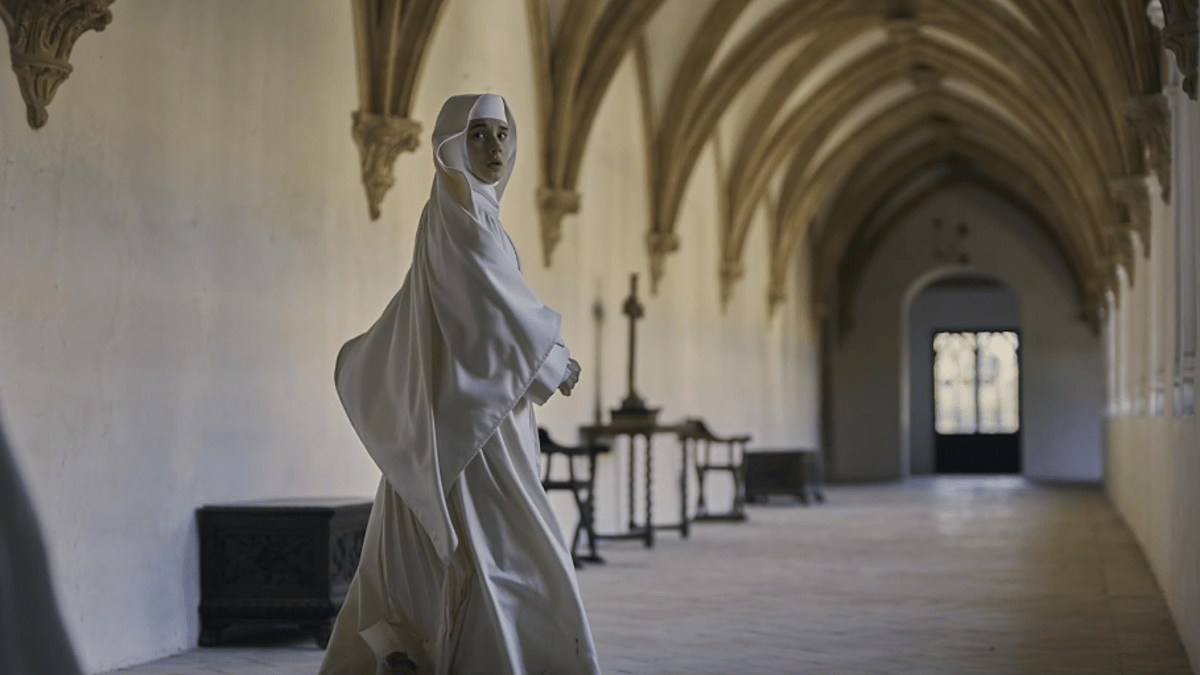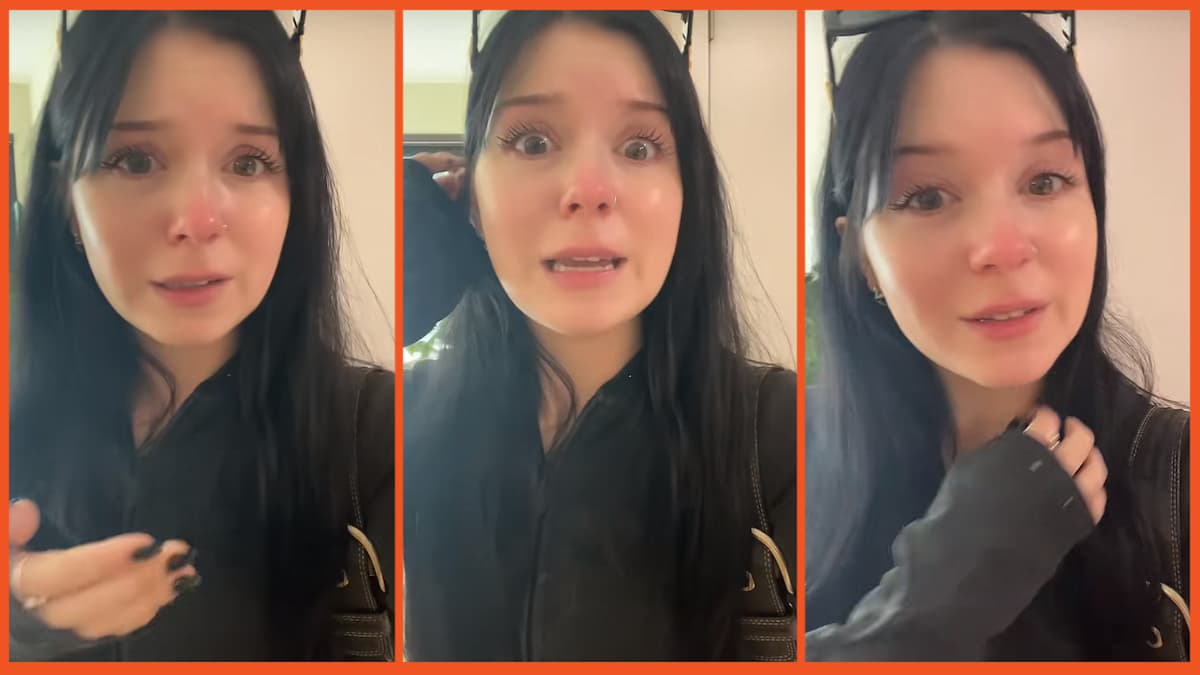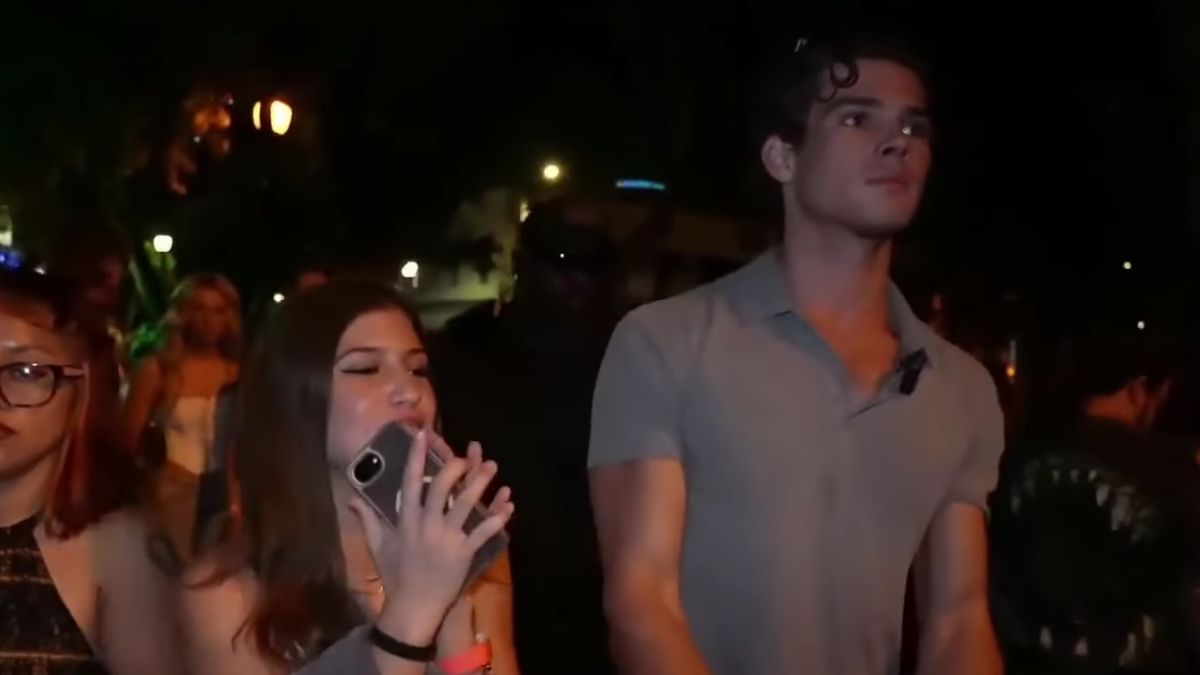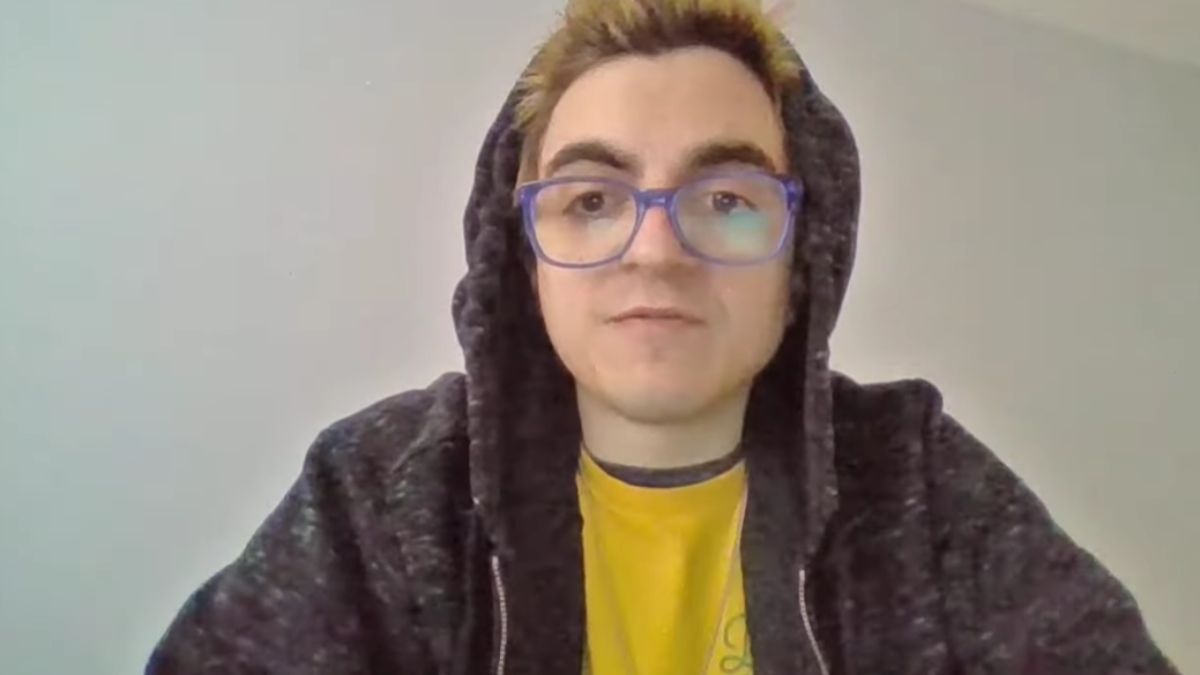Warning: this article contains spoilers for Sister Death
Spooky season is well and truly upon us, and streaming giant Netflix has gotten right into the mix with a slew of new scary releases. One of the most hotly anticipated of these is the Spanish supernatural horror flick Sister Death (Hermana Muerte, in the original language). Like the iconic Pan’s Labyrinth, it’s set in the aftermath of the Spanish Civil War, and has plenty of themes pertaining to this horrific time in the Southern European country’s history, when a right-wing junta spread terror across the nation.
The film has been getting lots of positive hype and for good reason, but some viewers are a little confused by the pulsating ending. If you watched the film and want the Sister Death ending explained, then read on!
What is Sister Death about?
Director Paco Plaza has confirmed that Sister Death is a prequel to his terrifying Verónica, and tells the backstory of the blind nun in the 2017 hit film, known as Sister Death or Sister Narcisa.
The scary movie is set just after the Spanish Civil War and follows Narcisa as a novice nun. We get a brief glimpse into her backstory, where we learn she developed supernatural powers after a traumatic event related to the war. She becomes a teacher at a former convent which has been turned into a school for girls, where her abilities and a series of disturbing events soon lead her to realize that the old building is hiding some truly horrifying secrets, and may even be home to spirits who want to cause destruction and pain.
What is the Sister Death ending, explained?

As the movie unfurls, we learn that the nuns in the convent covered up the death of a young girl for which they were mostly at fault. We see Narcisa discovering this truth by staring at an “eclipse” (hence her blinding) before opening the room in which the young child (Socorro) lost her life. At this point, we get a confluence of scenes from the past and present. We witness Sister Julia and Mother Superior, the two remaining nuns who know about the coverup, as they get their comeuppance; Sister Julia is crushed by a statue in the present while she runs from Socorro’s spirit in the past, while Mother Superior is seen drowning in blood-tinged water in the past, while in the present we watch her cough up blood until she passes.
Some have posited that this scene represents time travel, but as there are supernatural elements throughout the film, it’s more likely that the ending involves some kind of magic, and the scenes from the past are there for symbolic and artistic effect. Basically, Socorro is finally getting her revenge on those who allowed her to die, while Narcisa is blinded by what she has seen.
The final moments of the film see us jump forward to a more modern setting, where the blinded Sister Narcisa is addressing a group of young women in a classroom. For this part of the movie, actor Sandra Escacena reprised her role as Narcisa.










Published: Oct 27, 2023 05:09 pm